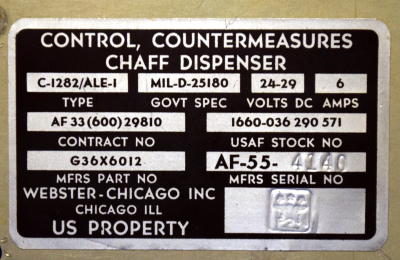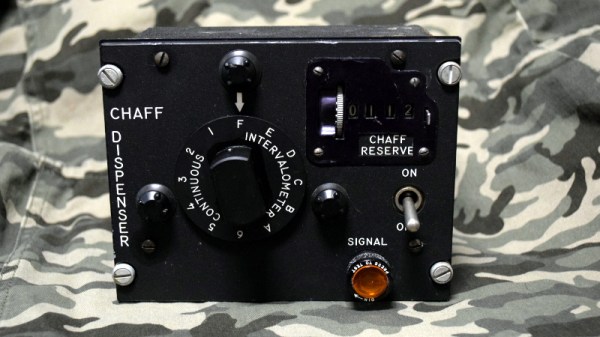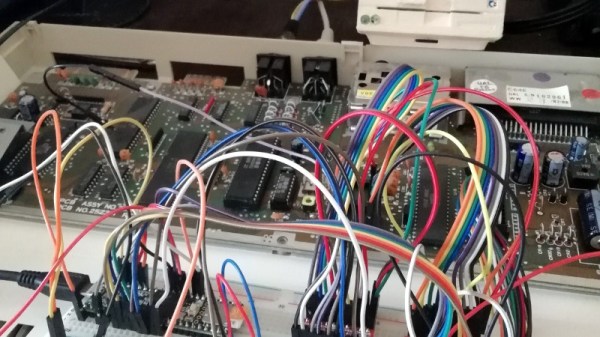A B-52 bomber is approaching its primary target: rail yards in the Beloostrov district of Leningrad. Intel reports the area is likely defended by S-25 Berkut and S-75 Dvinia surface to air missiles (SAMs), but this close to the target the gigantic bomber can’t afford to make the evasive maneuvers, known as combat turns, which would help shake off enemy air defenses. From his position behind the co-pilot, the electronic warfare officer (EWO) reaches over and sets the C-1282 for continuous chaff ejection. Hundreds of thin metallic strips are jettisoned from the B-52, confusing tracking radar and allowing the bomber and her crew to slip through the Soviet air defenses and drop 50,000 lbs of ordnance directly onto the target.
 Luckily for all of us, this event never actually occurred. But it was a possibility that the United States and Soviet Union had prepared for extensively. Both sides developed ever more capable weapons, and for each new weapon, a new countermeasure was invariably created. The C-1282 is a component of one such countermeasure, a device that allowed the B-52’s EWO to configure and monitor the bomber’s automatic chaff dispenser. With the C-1282 handling the anti-radar countermeasures, the bomber’s crew could focus their attention on completing their mission.
Luckily for all of us, this event never actually occurred. But it was a possibility that the United States and Soviet Union had prepared for extensively. Both sides developed ever more capable weapons, and for each new weapon, a new countermeasure was invariably created. The C-1282 is a component of one such countermeasure, a device that allowed the B-52’s EWO to configure and monitor the bomber’s automatic chaff dispenser. With the C-1282 handling the anti-radar countermeasures, the bomber’s crew could focus their attention on completing their mission.
Of course, as is the case with technology (military or otherwise), the C-1282 was eventually phased out for something new. These old units, now largely worthless, were destroyed or sentenced to a lifetime collecting dust on a storeroom shelf. But through the magic of the Internet, one of these devices is now ready to be laid bare for your viewing pleasure. Dust off your Joseph McCarthy Junior Detective badge and come along as we take a look at a state of the art piece of Anti-Ruskie technology, circa 1960.
Continue reading “Milspec Teardown: C-1282 Chaff Controller”















